Winterizer Fertilizer Explained: Do You Really Need It for a Flourishing Lawn?
What is winterizer fertilizer and is it really that important for the health of your lawn? Explore when and how to use winter fertilizer for the best results.
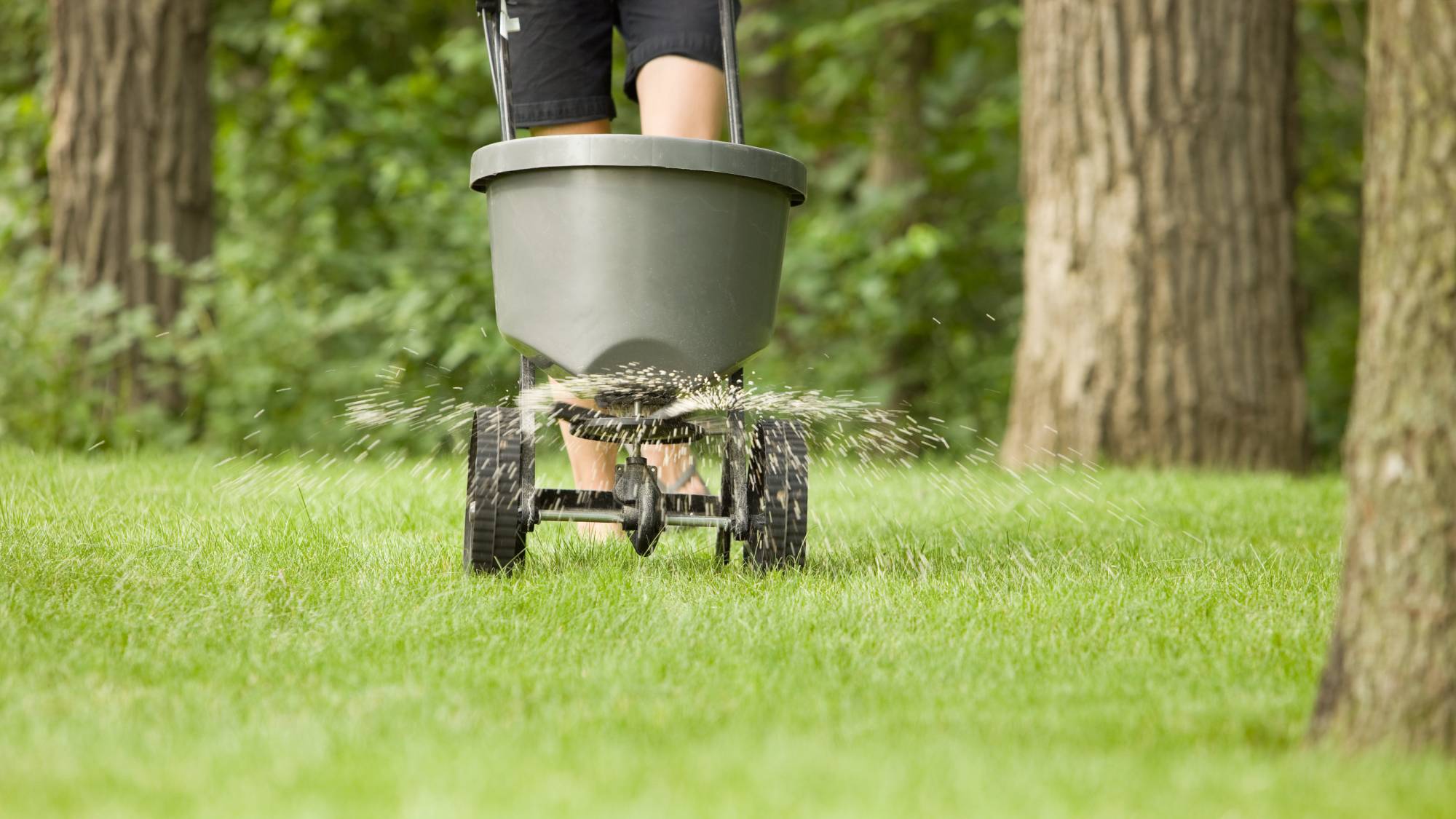

If you are like me, you may be seeing advertisements online and in your local hardware store for ‘winterizer fertilizer’ for your lawn. But what is winterizer fertilizer and do you really need it? Winterizer fertilizer is a special blend of fertilizer that is meant to help your lawn grow better next spring.
Fertilizing grass in fall can help improve color, allow it to recover from stress more easily, and resist disease more effectively. Despite the possible benefits, you need to understand more about your lawn and its needs first before you go out and buy this trendy amendment.
Let’s explore what winterizer fertilizer is, if you should be using it, and how best to apply it.
What is Winterizer Fertilizer?
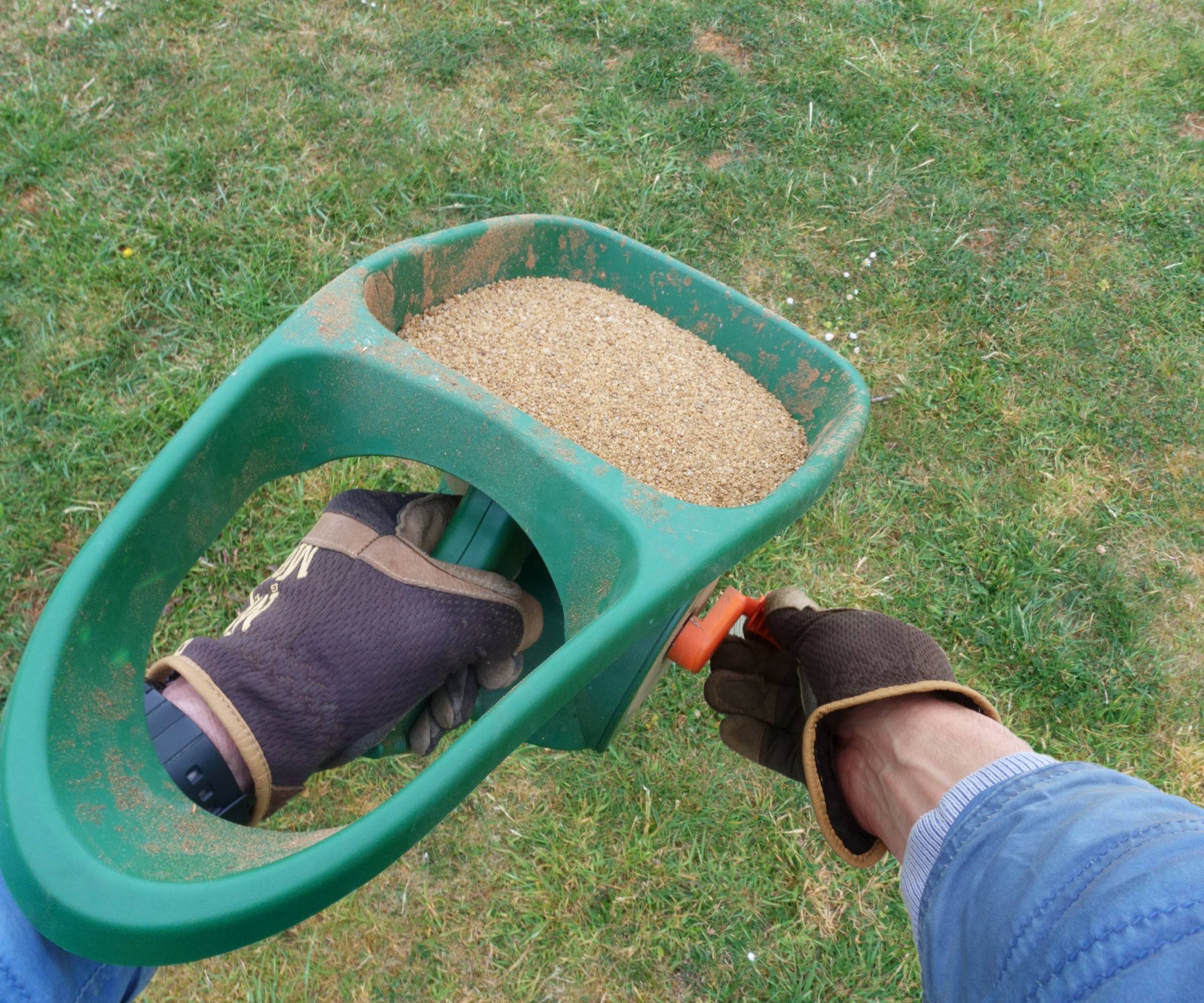
Winterizer fertilizer, or winter fertilizer, is a type of lawn fertilizer that is high in nitrogen and potassium and is applied in the fall to help your grass overwinter well and look more lush when spring arrives.
Nitrogen helps boost turfgrass growth so it has a good chance to absorb the sun’s energy through photosynthesis before winter sets in. This energy will be stored in the roots and help the grass look great next spring.
Potassium improves stress tolerance in turfgrass. This includes increased heat and cold tolerance, improved disease resistance, and better drought tolerance. Sounds pretty good! However, winter fertilizers aren’t necessary for all lawns or types of turfgrass.
Should I Use Winterizer Fertilizer?
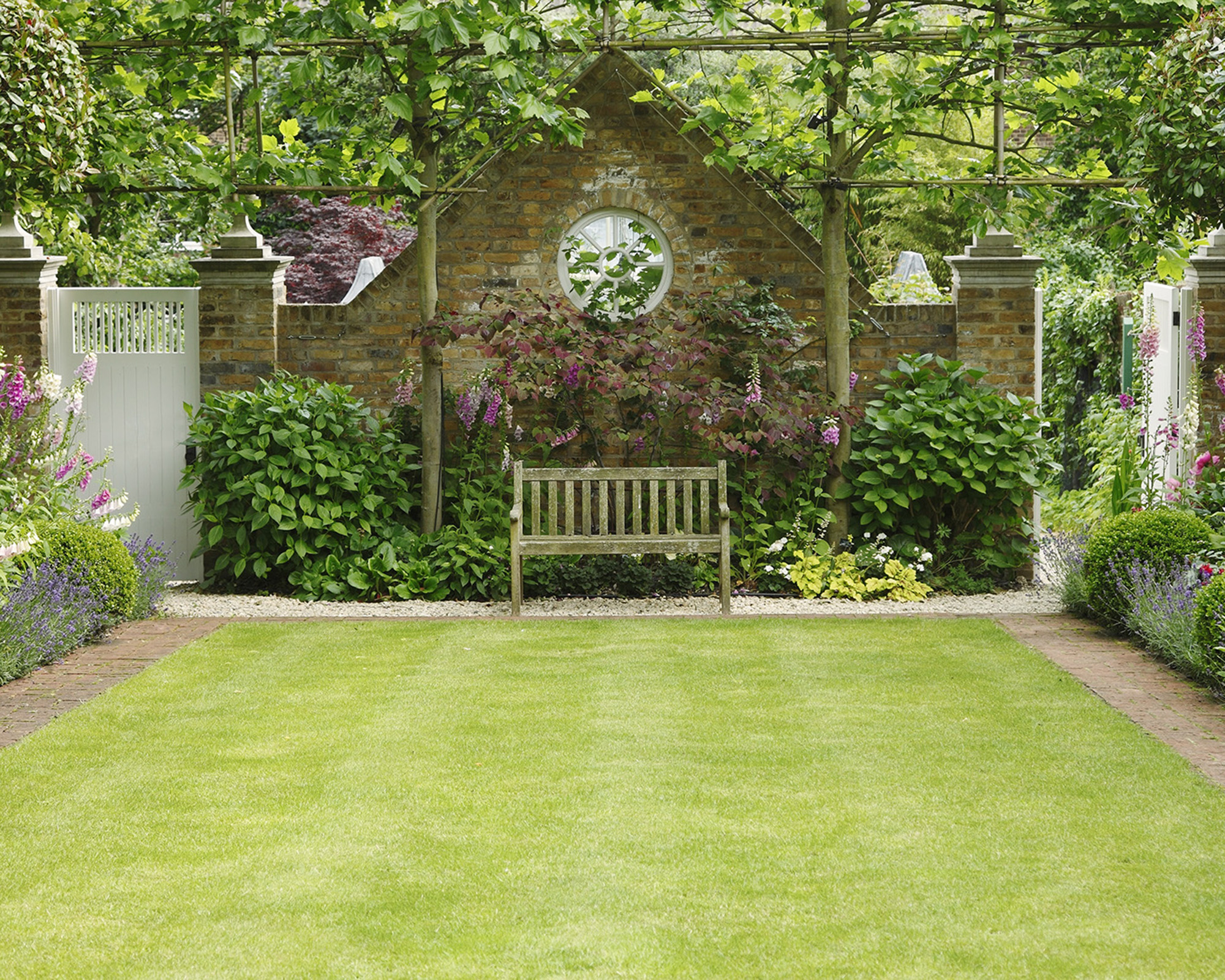
Only cool-season grasses benefit from winter fertilizer. Warm-season grasses that thrive in the balmy climate of the Southern U.S. are going into dormancy in autumn and can actually be damaged by the application of nitrogen which is found in winterizer fertilizer. Warm-season grasses include centipede grass, St. Augustine grass, bermudagrass, and zoysia grass.
Sign up for the Gardening Know How newsletter today and receive a free copy of our e-book "How to Grow Delicious Tomatoes".
Cool-season grasses are also preparing for their dormancy period in the fall, but they can benefit from nutrients before their winter nap if they have deficiencies. Cool-season grasses include Kentucky bluegrass, perennial ryegrass, and fine fescues.
Though these colder climate grasses tolerate winter fertilizer, they still might not need it. Many lawns do not have a potassium deficiency. It is best to do a soil test before using any fertilizers to ensure that you don’t accidentally damage your lawn. A simple soil test like this one from Amazon can help save your lawn from fertilizer burn.
Important Note: Some states and localities have restrictions on what types of fertilizers can be used and when, so you should check your state laws or talk with your local extension office.
Best Types of Winterizer Fertilizer
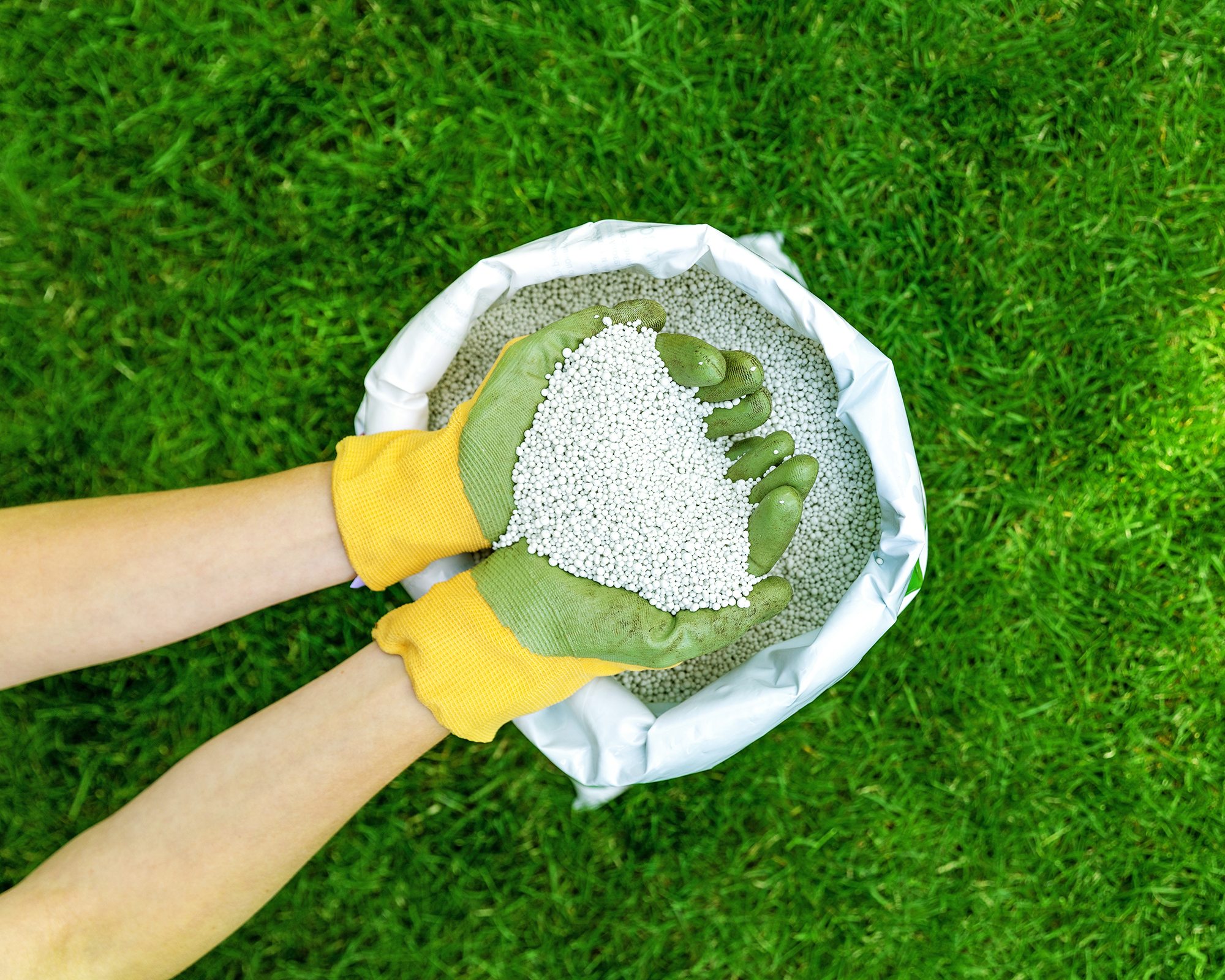
There are many types of winterizer fertilizers available or you could even spread a thin layer of homemade compost over your lawn before the first frost hits. Different fertilizers have different NPK ratios and are better suited to lawn needs. Again, a simple soil test is a good way to see what your grass needs before buying a fertilizer.
- Scotts Turf Builder offers a “Winterguard” fall fertilizer which is available on Amazon or from any big box home improvement store.
- Fertilome has a winterizer for established lawns that is also available from Amazon.
- Turf-Tone “Fall Winterizer” is a great organic winter fertilizer that will keep your lawn happy.
How to Use Winterizer Fertilizer
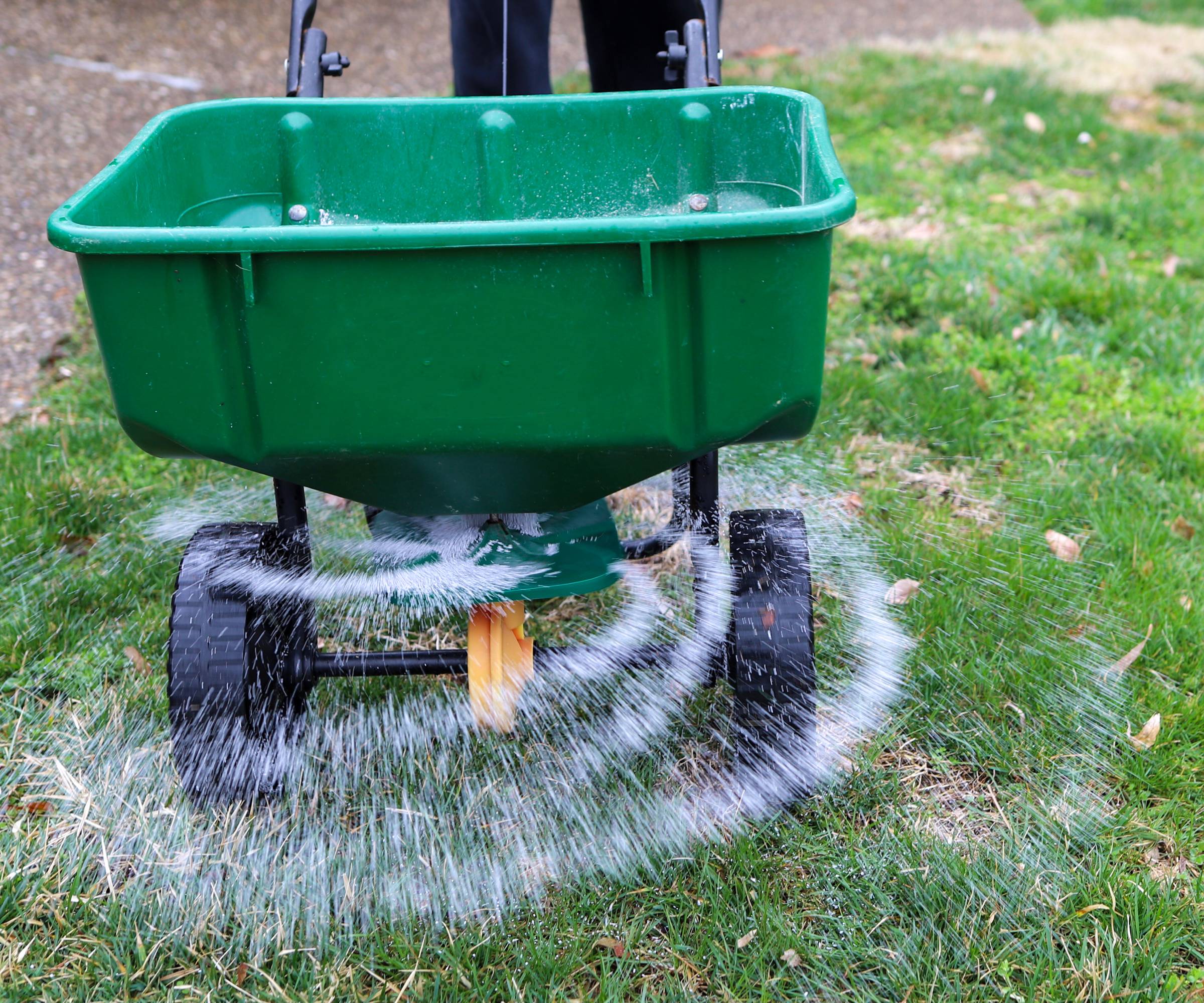
Understanding when and how to apply lawn fertilizer is important no matter the lawn. The last time to fertilize your lawn is the end of October for much of the U.S. Waiting any later in the year means that the ground will be too cold for the fertilizer to work its way into the soil. Additionally, your grass will have entered its dormant period and won't take in the extra nutrients.
If you live in the northernmost USDA hardiness zones, you should apply your winter fertilizer in September. The lawncare experts agree that the ideal temperature range for cool-season grass fertilization is between 60-70 degrees F (15.5-21 C), and the range for warm-season grass fertilization is between 75-85 degrees F (24-29.4 C).
Follow the directions on the bag of fertilizer that you choose, but it is also a good idea to use less fertilizer than it suggests. Low and slow is the way to go. No one wants a burnt out lawn from an overzealous fertilizer application. Typically, a half pound to one pound of fertilizer per 1000 square feet (0.23-0.45 kg per 93 m2) of lawn is plenty.
Spread the winter fertilizer evenly over the lawn using a hand spreader or a broadcast spreader. You can find hand spreaders and broadcast spreaders from Amazon or your local hardware store. Lightly watering the lawn after fertilizer application will help it to soak in faster.
If your cool-season grass has had a rough summer, applying a winterizer fertilizer will help it look lush and gorgeous next spring. Fall is the perfect time to prepare your lawn for future success.

Kathleen Walters joined Gardening Know How as a Content Editor in 2024, but she grew up helping her mom in the garden. She holds a bachelor’s degree in History from Miami University and a master’s degree in Public History from Wright State University. Before this, Kathleen worked for almost a decade as a Park Ranger with the National Park Service in Dayton, Ohio. The Huffman Prairie is one of her favorite places to explore native plants and get inspired. She has been working to turn her front yard into a pollinator garden.